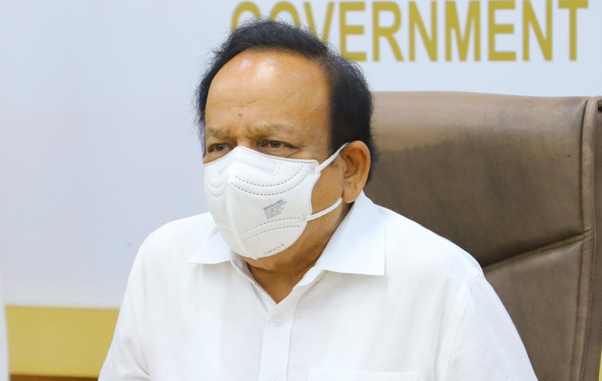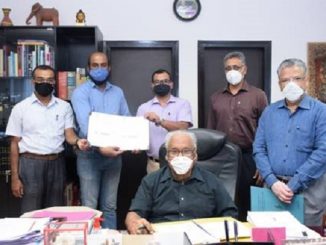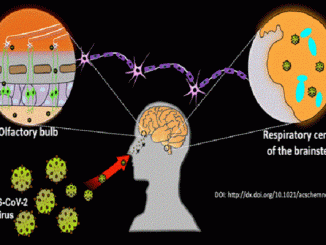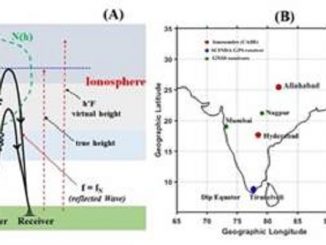
May 8: Dr.Harsh Vardhan, Union Minister of Science and Technology, Health and Family Welfare, and Earth Sciences, shared India’s vision and long-term plans for research, work, and cooperation in the Arctic region with the stakeholders. He welcomed collaborations towards strengthening observational systems and sharing of data to enhance knowledge. “India would continue to play a positive role in deepening shared understanding of the Arctic through observation, research, capacity building, as well in promoting sustainable development of the region through international cooperation”, said Dr Harsh Vardhan. He also proposed that India may be given an opportunity to host the next or future ASM.
India shared its plans to contribute observing systems in the Arctic, both in-situ and by remote sensing. The country would deploy open ocean mooring in the Arctic for long-term monitoring of upper ocean variables and marine meteorological parameters. The launch of NISER (NASA-ISRO Synthetic Aperture Radar) satellite mission, in collaboration with the USA, is underway. NISER aims to conduct global measurements of the cause and consequences of land surface changes using advanced radar imaging. India’s contributions to the Sustained Arctic Observational Network (SAON) would continue.
The first two meetings—ASM1 and ASM2—were held in the USA in 2016 and Germany in 2018, respectively. ASM3, jointly organised by Iceland and Japan, is the first Ministerial meeting being held in Asia. The meeting is designed to provide opportunities to various stakeholders, including academia, indigenous communities, governments and policymakers, to enhance collective understanding of the Arctic region, emphasize and engage in constant monitoring, and strengthen observations. The theme for this year is ‘Knowledge for a Sustainable Arctic’.
Arctic warming and its ice melt are global concerns as they play a pivotal role in regulating climate, sea levels, and maintaining biodiversity. Moreover, there is growing evidence of connection between the Arctic and the Indian Ocean (which modulates the Indian monsoon). Hence, improving the understanding of physical processes and quantifying the impact of Arctic ice melt on the Indian summer monsoon is very important.
Since 2013, India enjoys ‘Observer’ status in the Arctic Council with twelve other countries (Japan, China, France, Germany, UK, Italy, Switzerland, Poland, Spain, Netherlands, Singapore, and South Korea). The Arctic Council is a high-level intergovernmental forum to promote cooperation, coordination, and interaction towards sustainable development and environmental protection in the Arctic. As part of the Arctic Council, India contributes to the international deliberations to develop effective cooperative partnerships towards a safe, stable, and secure Arctic.
India’s engagement with the Arctic dates back to 1920 with the signing of the Svalbard Treaty in Paris. Since July 2008, India has a permanent research station in the Arctic called Himadari at NyAlesund, Svalbard Area in Norway. It has also deployed a multi-sensor moored observatory called IndARC in the Kongsfjorden fjord since July 2014. The research in the Arctic region from India is coordinated, conducted, and promoted by the National Centre for Polar and Ocean Research (NCPOR), Goa, under the Ministry of Earth Sciences, Government of India.
Disclaimer: We donot claim that the images used as part of the news published are always owned by us. From time to time, we use images sourced as part of news or any related images or representations. Kindly take a look at our image usage policy on how we select the image that are used as part of the news.


